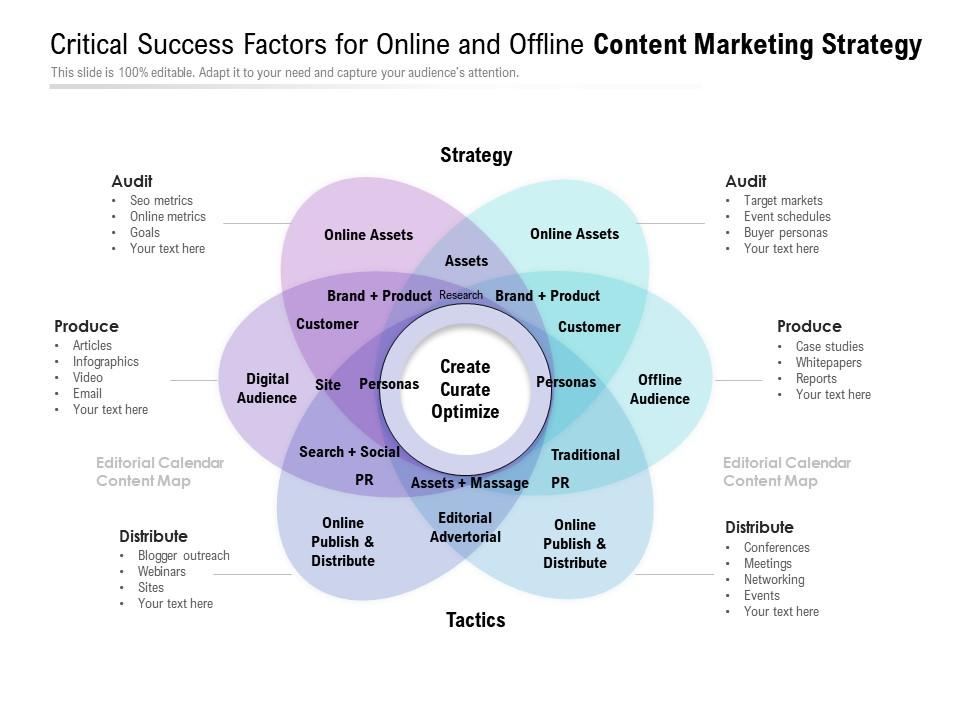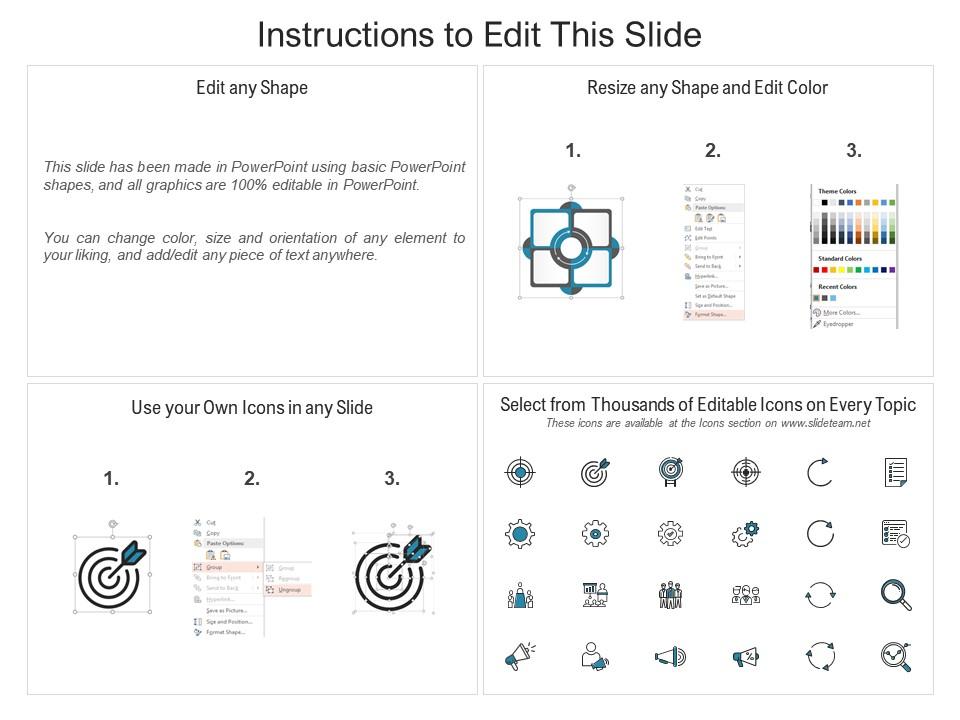Critical success factors for online and offline content marketing strategy
Our Critical Success Factors For Online And Offline Content Marketing Strategy are topically designed to provide an attractive backdrop to any subject. Use them to look like a presentation pro.
Our Critical Success Factors For Online And Offline Content Marketing Strategy are topically designed to provide an attract..
- Google Slides is a new FREE Presentation software from Google.
- All our content is 100% compatible with Google Slides.
- Just download our designs, and upload them to Google Slides and they will work automatically.
- Amaze your audience with SlideTeam and Google Slides.
-
Want Changes to This PPT Slide? Check out our Presentation Design Services
- WideScreen Aspect ratio is becoming a very popular format. When you download this product, the downloaded ZIP will contain this product in both standard and widescreen format.
-

- Some older products that we have may only be in standard format, but they can easily be converted to widescreen.
- To do this, please open the SlideTeam product in Powerpoint, and go to
- Design ( On the top bar) -> Page Setup -> and select "On-screen Show (16:9)” in the drop down for "Slides Sized for".
- The slide or theme will change to widescreen, and all graphics will adjust automatically. You can similarly convert our content to any other desired screen aspect ratio.
Compatible With Google Slides

Get This In WideScreen
You must be logged in to download this presentation.
PowerPoint presentation slides
Presenting this set of slides with name Critical Success Factors For Online And Offline Content Marketing Strategy. This is a six stage process. The stages in this process are Audit, Produce, Distribute, Strategy, Tactics. This is a completely editable PowerPoint presentation and is available for immediate download. Download now and impress your audience.
People who downloaded this PowerPoint presentation also viewed the following :
Content of this Powerpoint Presentation
Description:
This template is a strategic asset across various sectors, guiding the development and deployment of content marketing initiatives:
1. E-commerce:
Use: Crafting a content plan for product promotion.
Presenter: Marketing Manager.
Audience: Marketing Team, Stakeholders.
2. Technology:
Use: Aligning content with tech product launches.
Presenter: Content Strategist.
Audience: Product Teams, Sales Force.
3. Healthcare:
Use: Developing patient education and outreach programs.
Presenter: Communications Director.
Audience: Healthcare Providers, Patients.
4. Education:
Use: Marketing educational programs and courses.
Presenter: Admissions Marketing Specialist.
Audience: Prospective Students, Faculty.
5. Real Estate:
Use: Showcasing properties through engaging content.
Presenter: Real Estate Marketing Coordinator.
Audience: Potential Buyers, Real Estate Agents.
6. Financial Services:
Use: Educating clients on financial products and services.
Presenter: Financial Advisor.
Audience: Clients, Investors.
7. Travel and Tourism:
Use: Promoting destinations and travel packages.
Presenter: Travel Marketing Executive.
Audience: Travelers, Travel Agents.
Critical success factors for online and offline content marketing strategy with all 2 slides:
Use our Critical Success Factors For Online And Offline Content Marketing Strategy to effectively help you save your valuable time. They are readymade to fit into any presentation structure.
-
Good research work and creative work done on every template.
-
Use of different colors is good. It's simple and attractive.
-
Very well designed and informative templates.
-
Content of slide is easy to understand and edit.











